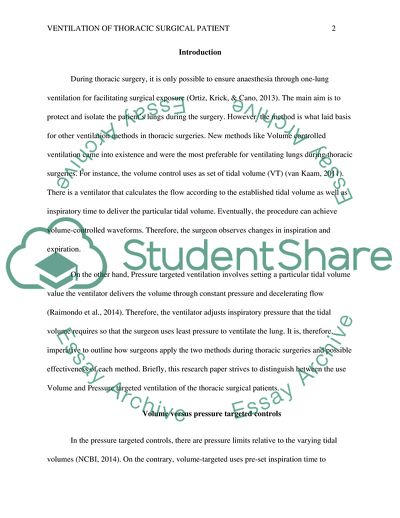Cite this document
(Not Found (#404) - StudentShare, n.d.)
Not Found (#404) - StudentShare. https://studentshare.org/medical-science/1849799-volume-versus-pressure-targeted-ventilation
Not Found (#404) - StudentShare. https://studentshare.org/medical-science/1849799-volume-versus-pressure-targeted-ventilation
(Not Found (#404) - StudentShare)
Not Found (#404) - StudentShare. https://studentshare.org/medical-science/1849799-volume-versus-pressure-targeted-ventilation.
Not Found (#404) - StudentShare. https://studentshare.org/medical-science/1849799-volume-versus-pressure-targeted-ventilation.
“Not Found (#404) - StudentShare”. https://studentshare.org/medical-science/1849799-volume-versus-pressure-targeted-ventilation.


